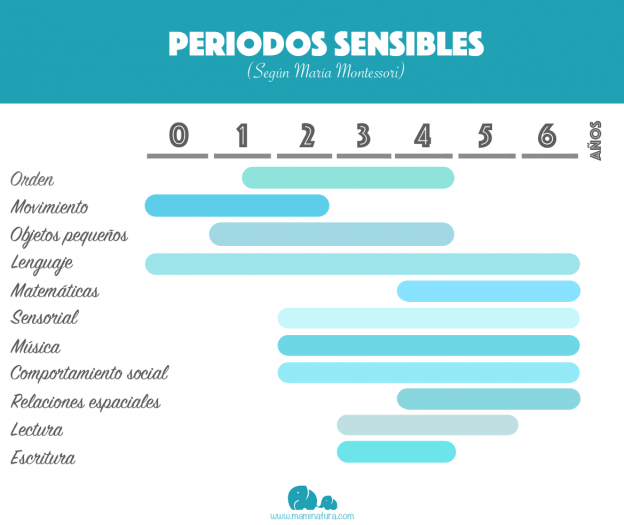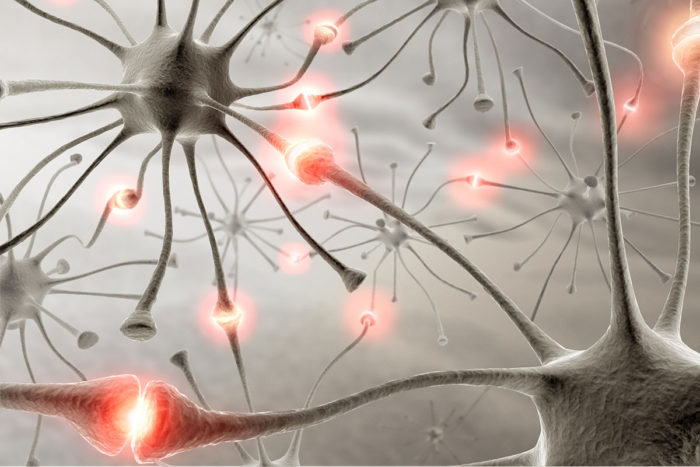Did you know that: children have around a million billion neuronal connections while adults only have 300 billion?
This is due to the greater plasticity of the brain in children: up to the age of six, our little ones have an incredible ability to “remodel” their brain, that is, to create new connections or delete circuits as a result of their daily experiences and the way they interact with their environment.
This explains in particular their innate ability to spontaneously assimilate any language commonly spoken in their environment. From the age of six, this assimilation becomes more and more difficult. Adults can no longer “assimilate” a language and capture all the details of its inflections. They must “learn it“, and no longer have the ability to master it as well as their mother tongue.
The number of neuronal connections decreases as the children get older, because their brains sort through this dense neural network: the brain reinforces about a third of its connections and loses two-thirds of its initial possibilities. It is not a qualitative sorting, but rather a selection of the most requested neuronal connections, i.e. the ones related to the most frequent experiences. Connections related to the least repeated experiments will gradually be eliminated. This shows to what extent the human brain is structured by its environment.
The natural ability of children to learn occurs in phases, or “sensitive periods,” as confirmed by recent neuroscience findings, and as Maria Montessori, one of the first female physicians, also a psychiatrist, philologist and pedagogue, described in the last century. It is a phase of acquisition and construction during which the child has particular potentials that allow him or her to acquire human characteristics naturally, such as walking, talking, writing,…
It has been shown that if children are placed in a supportive environment and given the opportunity to learn each skill when they are truly ready, they will integrate these new abilities with much greater ease than if they are forced to learn at other times, which are less propitious from the point of view of their own development. Hence the importance of observing each child and trying to identify their sensitive periods, which can occur at different ages depending on the child.
Hence, the goal of education is to “sow the seeds of knowledge in the right season,” in order to maximize this fantastic creation of neuronal connections.
Here is an infographic that will give you an idea of the ages at which “sensitive periods” generally appear in early childhood (0 to 6 years):
(legend top to bottom: Order, Movement, Interest in tiny objects, Language, Math concepts, Refinement of senses, Music, Social behaviour, Spatial relationship, Reading, Writing)

More on sensitive periods in an upcoming post!
Sources:
Dr Catherine Gueguen, “Vivre heureux avec son enfant”
Wikipedia, “Maria Montessori”, https://fr.wikipedia.org/wiki/Maria_Montessori
“Les périodes sensibles selon Maria Montessori”, https://apprendreaeduquer.fr/les-periodes-sensibles-selon-maria-montessori/
“Maria Montessori et la “découverte de l’enfant”, www.nomilk-today.com/wp-content/uploads/2015/11/extrait.pdf
“Desarrollo cerebral: Las neuronas en los bebés”, http://www.desarrolloinfantil.net/desarrollo-psicologico/las-neuronas-en-los-bebes
